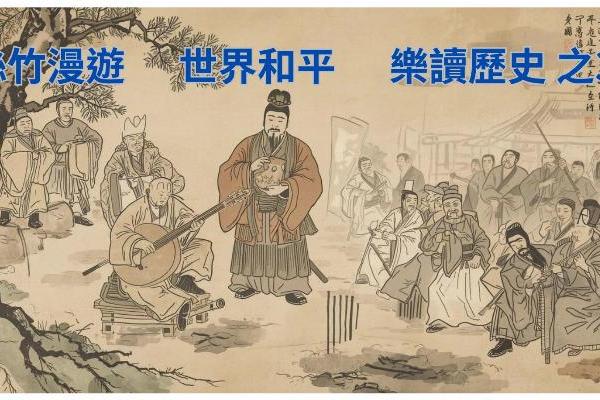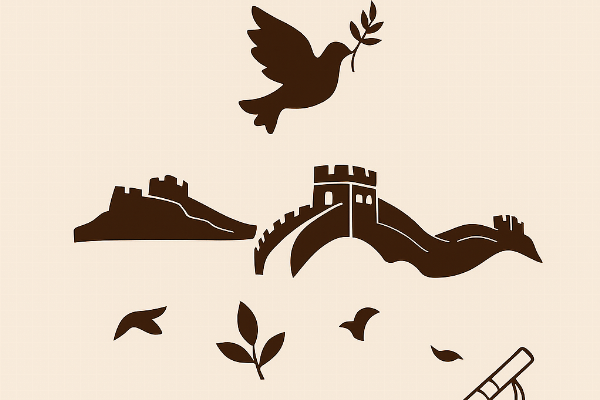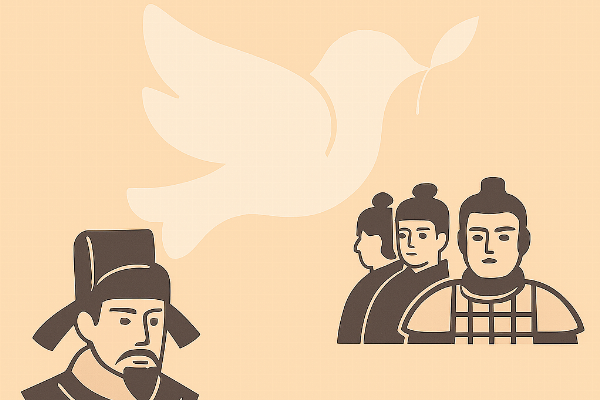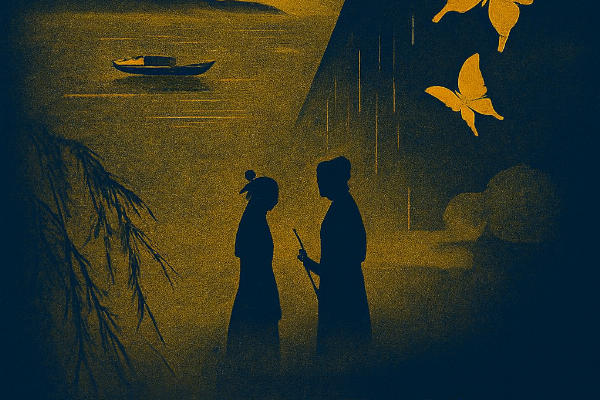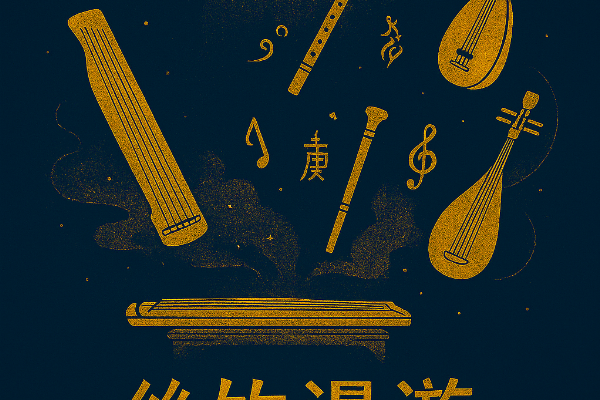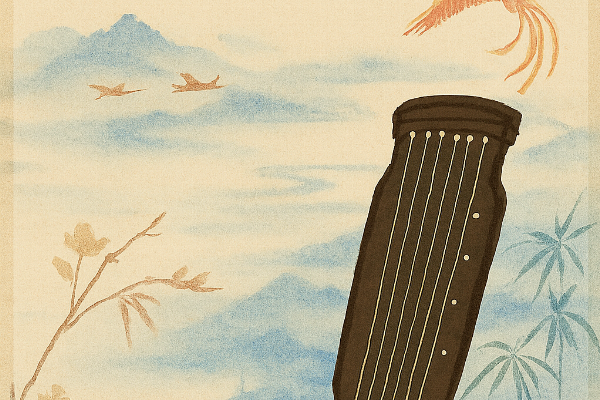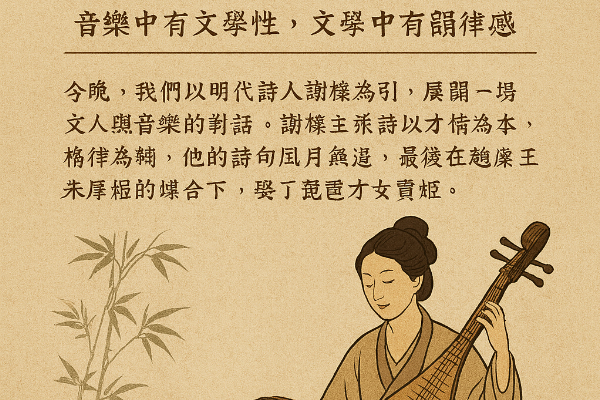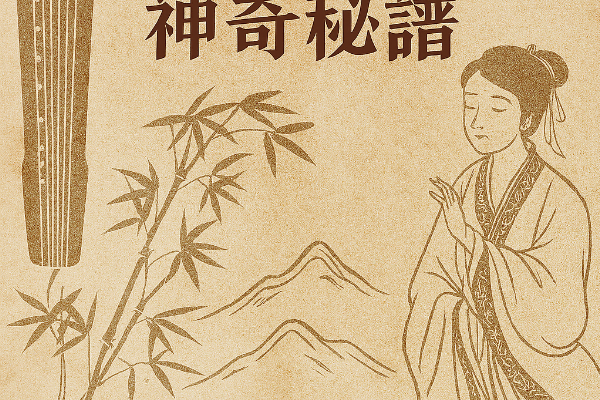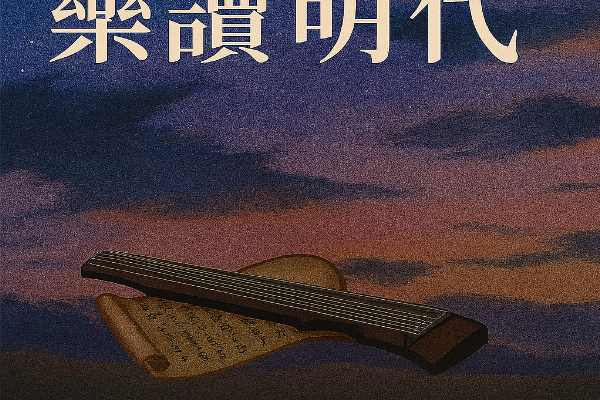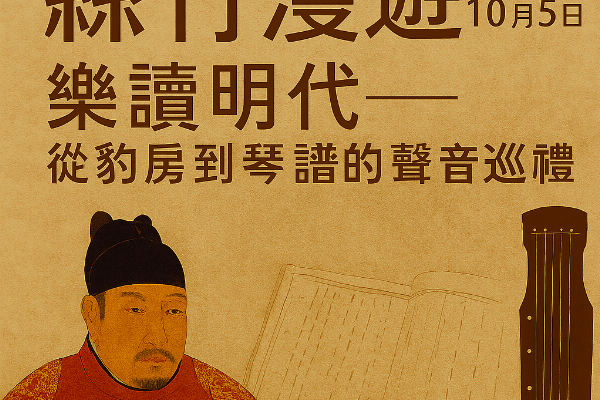
::::::


Wonder in Sizhu
HostMali Liu

Topic
In the Song dynasty, music and literature were inseparable companions. Ci poetry—also known as “tune-pattern verse”—was born from music, shaped by fixed melodic structures called cipai. Each poem was written to match a specific rhythm, tonal contour, and emotional cadence. This was not poetry set to music—it was music made of poetry.
Content
In the Song dynasty, music and literature were inseparable companions. Ci poetry—also known as “tune-pattern verse”—was born from music, shaped by fixed melodic structures called cipai. Each poem was written to match a specific rhythm, tonal contour, and emotional cadence. This was not poetry set to music—it was music made of poetry.
Tonight’s episode centers on Li Zong’e (964–1012), a Northern Song official and son of Li Fang. Renowned for his integrity and scholarly rigor, Li Zong’e reformed court music, restored instruments, and compiled Yuezuan, a foundational treatise on musical systems and instrument classification. His work laid the groundwork for centuries of musical practice.
We also explore Sui Jin Ci Pu, a Qing dynasty musicological anthology compiled by Xie Yuanhuai in 1844. This fourteen-volume collection preserves over 500 ci melodies in gongche notation, bridging Tang-Song poetic tradition with Qing-era musical performance. It allows us to hear what was once only read.
Featured tonight are musical settings of Sheng Sheng Man and Zui Hua Yin, including performances by the Taipei Chinese Orchestra and composer Hu Rui. These pieces evoke the emotional depth of Li Qingzhao’s poetry—her sorrow, her solitude, her lyrical brilliance.
We also reflect on Zhang Xiaoxiang’s Treading on the Sand and Li Qingzhao’s Sheng Sheng Man, where flowers, wind, and memory become vessels of longing. In Song poetry, rhythm is emotion, and melody is memory.
Through these works, we rediscover the Song dynasty’s musical soul—a world where text and tone danced together, and where the voice of a poet was always, unmistakably, a musical one.
Goodnight.
LIVE

